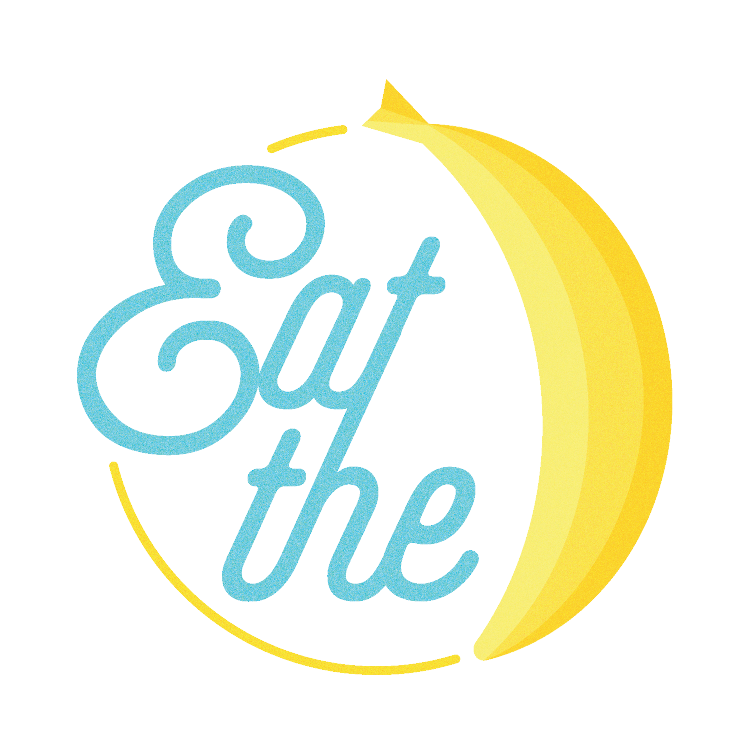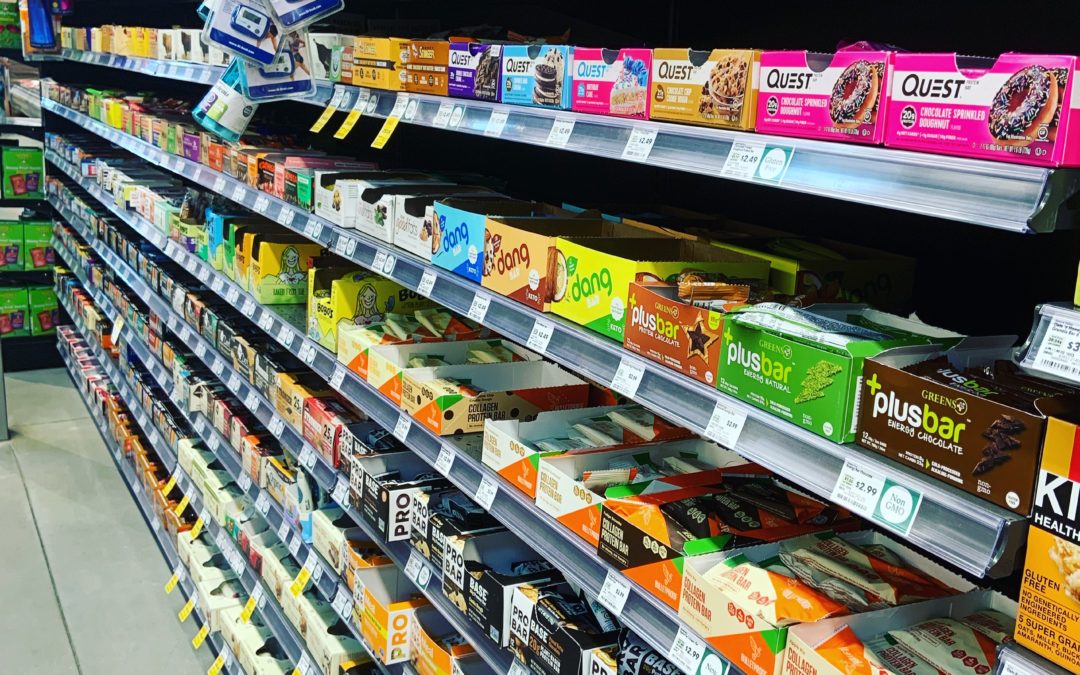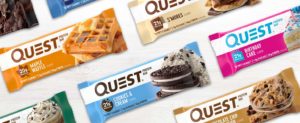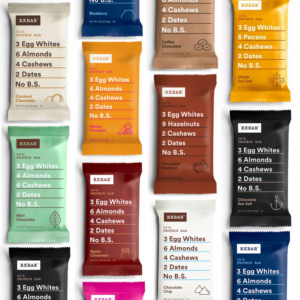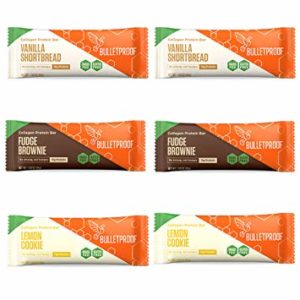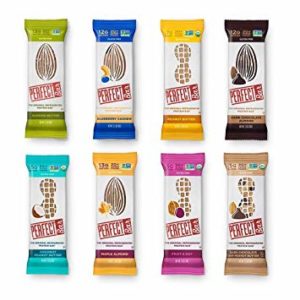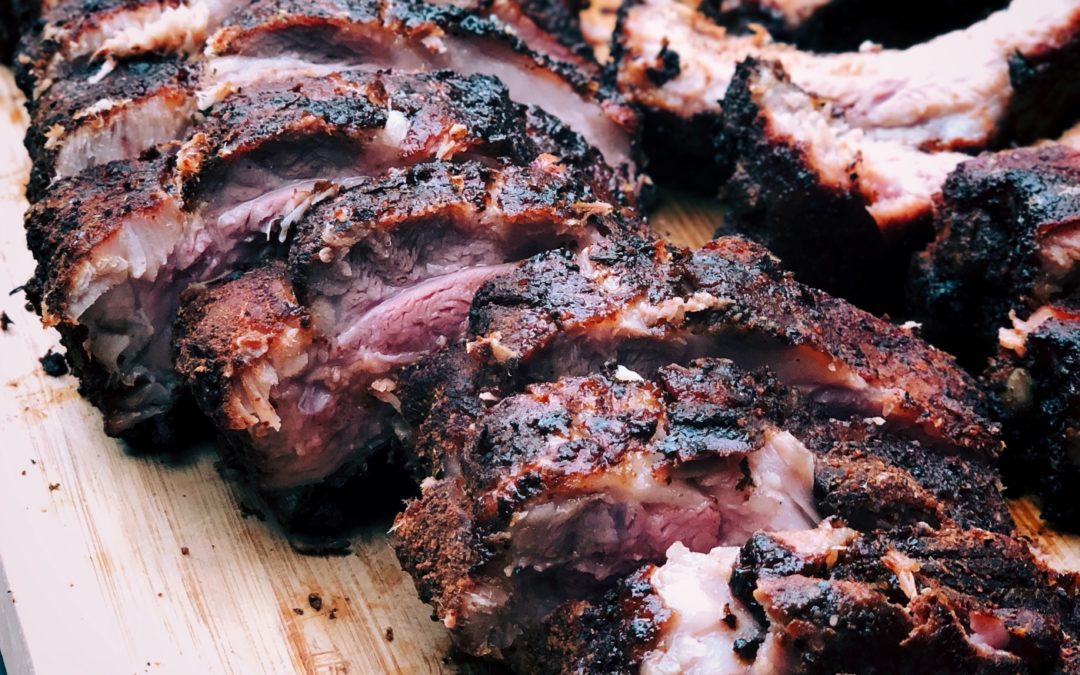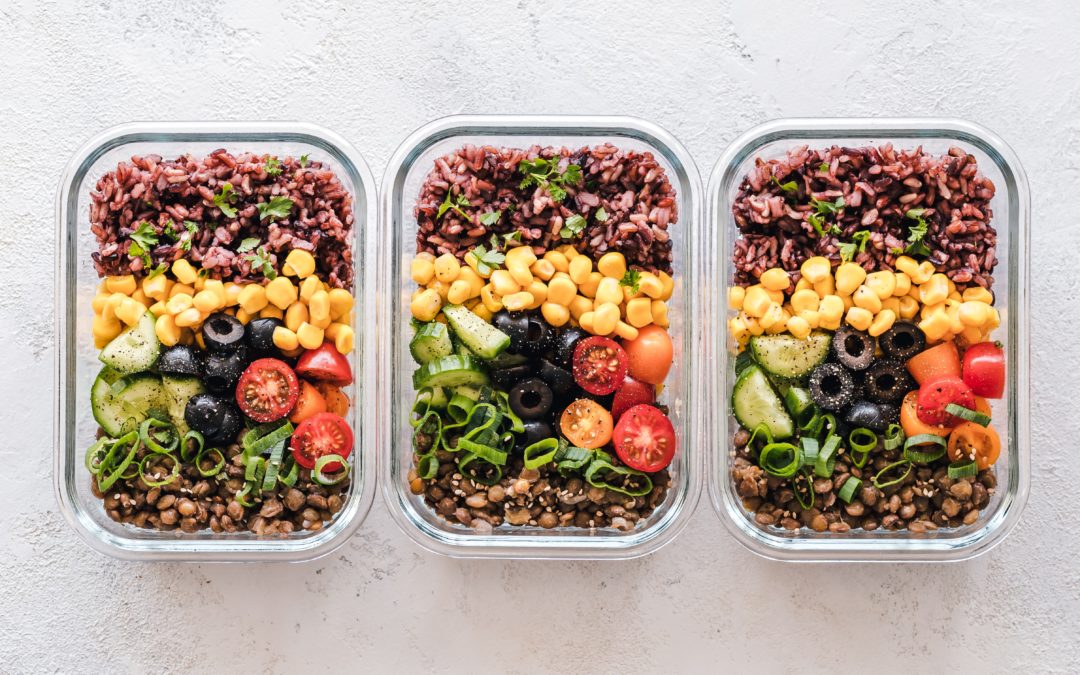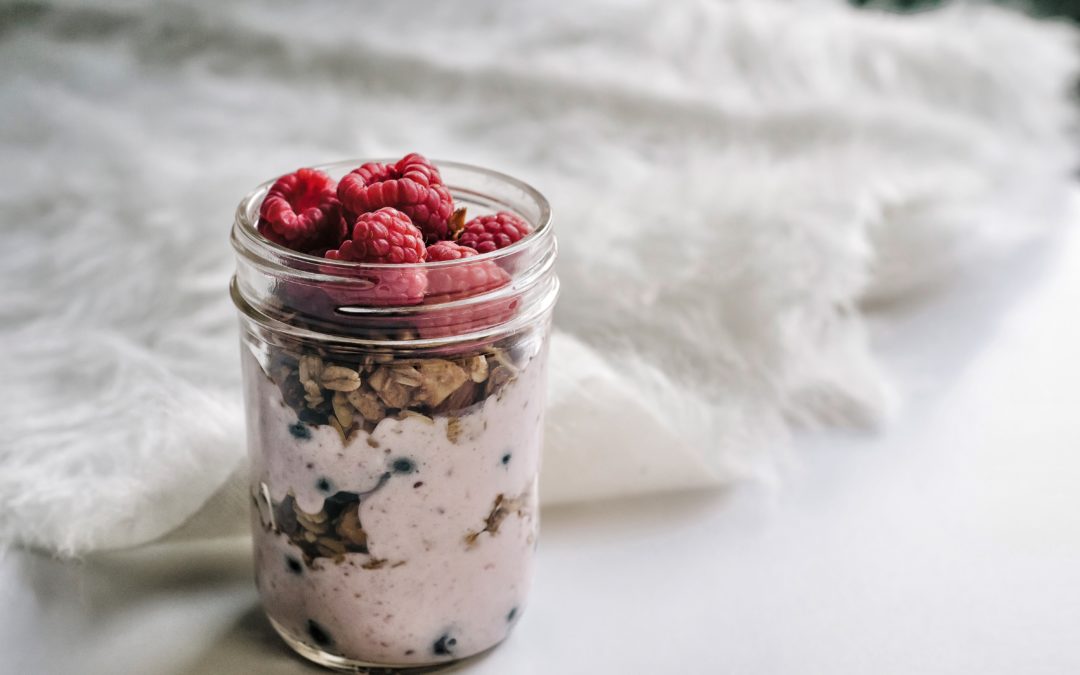
Pre and Post Workout Fuel: What Should I Eat?
As a coach I get asked all of the time about what to eat before and after a high intensity workout like Orangetheory or CrossFit. The simple answer: protein and carbs. The more complicated answer involves a precise number of grams of protein and carbs timed before and after a workout so that you are properly fueled and properly recovering from a tough exercise session. If you know me you know that I am a self proclaimed diet culture dropout and I do not count my macros to the exact gram anymore, but I do mindfully eat enough before and after a workout because I know what my body needs to fully recover. Below, I am going to explain why pre and post workout fuel is so important, what to eat before and after a training session, when to eat it, and give you some of my favorite go to pre and post workout meal ideas. Before I get started, let me first say that learning how to properly fuel with whole, nutrient-dense food is top priority. Don’t overwhelm yourself with timing protocols if you are not yet ready to.
Why do I need to eat a pre and post workout meal?
Pre-Workout:
The pre-workout meal actually does not contribute right away to performance in the gym and has little effect on direct fuel for your workout. Most food takes about 4-5 hours to digest to become usable as fuel, and glycogen, the main storage form of glucose in the body, synthesis takes about 24 hours. So why do we need the pre-workout meal if we are not using it right away? The pre-workout meal is more about blood sugar control and nervous system function. For instance, if your pre-workout meal is consumed too far from your training session your blood sugar will be on the down slope and you may experience lightheadedness and dizziness while trying to intensely work out with very low blood sugar. This is why it is recommended that you consume your pre-workout meal about 90-120 minutes prior to your training session. Your pre-workout meal should consist of protein and carbohydrates with little to no added fats.
Specific macronutrient recommendations: 20-25g of protein, 40g of carbohydrates, little to no fat (fats are slower to digest and are not the source of fuel we need for high intensity exercise, and they can delay the digestion of the nutrients that we need for the workout)
Post-Workout:
My favorite meal of the day! The post-workout meal is important for two reasons. One, to restore your glycogen stores, and two, to recover from the nervous system response that occurs after an intense workout session. Exercise is great for us but the body sees it as a stressor and we absolutely need to be responsible about recovering from every intense exercise session. High intensity interval training causes a spike in cortisol, our fight or flight hormone. If you do not refuel after a training session you are potentially causing long term cortisol dysregulation and even adrenal issues as well. Typically you want to consume your post-workout meal within 45 minutes after your exercise session and it should consist of protein and carbohydrates with little to no added fats just like the pre-workout meal.
Specific macronutrient recommendations: 25g of protein, 50g-100g of carbohydrates depending on training intensity, little to no fat
Post-Post Workout:
This meal should be consumed about 60-90 minutes after your post-workout meal and should consist of high quality protein, carbohydrates, and fats. The reason quality is so important here is because at this point your nervous system has calmed down and this is a great window of time for nutrient absorption. Quantity is not a big issue here so there is no set amount of protein, carbs, or fat that is recommended. Just eat a solid and balanced meal with whole, nutrient-dense food.
I have no idea what to eat for my pre and post workout meals!
This can be overwhelming at first but just keep it simple. Remember that you need to make sure fat is at a minimum in these meals so plan to find things with simply protein and carbohydrates in them. I realize it can be challenging to find things with zero fat but try your best. Below is a list of some of my favorites but there are many more options. Play with the quantity of each food to meet specific macronutrient goals if you want to be precise.
- Siggi’s fat free vanilla yogurt and granola
- Overnight oats (almond milk, oats, protein powder, berries, chocolate chips, and whatever goodness you want to add). I also use a brand called Oats Overnight when I am feeling lazy.
- Protein shake with a banana
- Egg whites and gluten free waffles (or whatever waffles you enjoy)
- Good Culture cottage cheese and fruit
- Sliced turkey or chicken with rice or sweet potatoes
These are just a few ideas and of course there are many more options out there. Experiment with what you enjoy the most and feel free to give me a shout out on my Instagram if you want to share your ideas.
What if I train first thing in the morning?
If you train at the crack of dawn you do not need to worry about waking up even earlier to get your pre-workout meal in. Essentially your pre-workout meal is dinner from the night before. Make sure that your dinner is complete with protein, carbohydrates (including vegetables), and fats. The fats will slow down the digestion of the meal which will help for the morning fuel needed to train so early. One more thing to consider is supplementing with 5g of BCAAs (branch chain amino acids) if you are training fasted. Training can break down lean tissue and since you won’t have consumed any protein prior to the training session, you want to make sure that the natural catabolic effects of intense exercise are mitigated by adding BCAAs in prior to an early morning workout.
What if I train more than once a day?
I don’t recommend training very intensely more than once a day but if you must the pre, post, and post-post workout meal suggestions remain the same. Recovery is of the utmost importance for anyone but if you train hard more than once a day please be responsible and fuel properly.
Simply put you need food to fuel and recover from exercise. Don’t overcomplicate it and make sure you are picking food options that you enjoy and look forward to eating. Happy nourishing!
